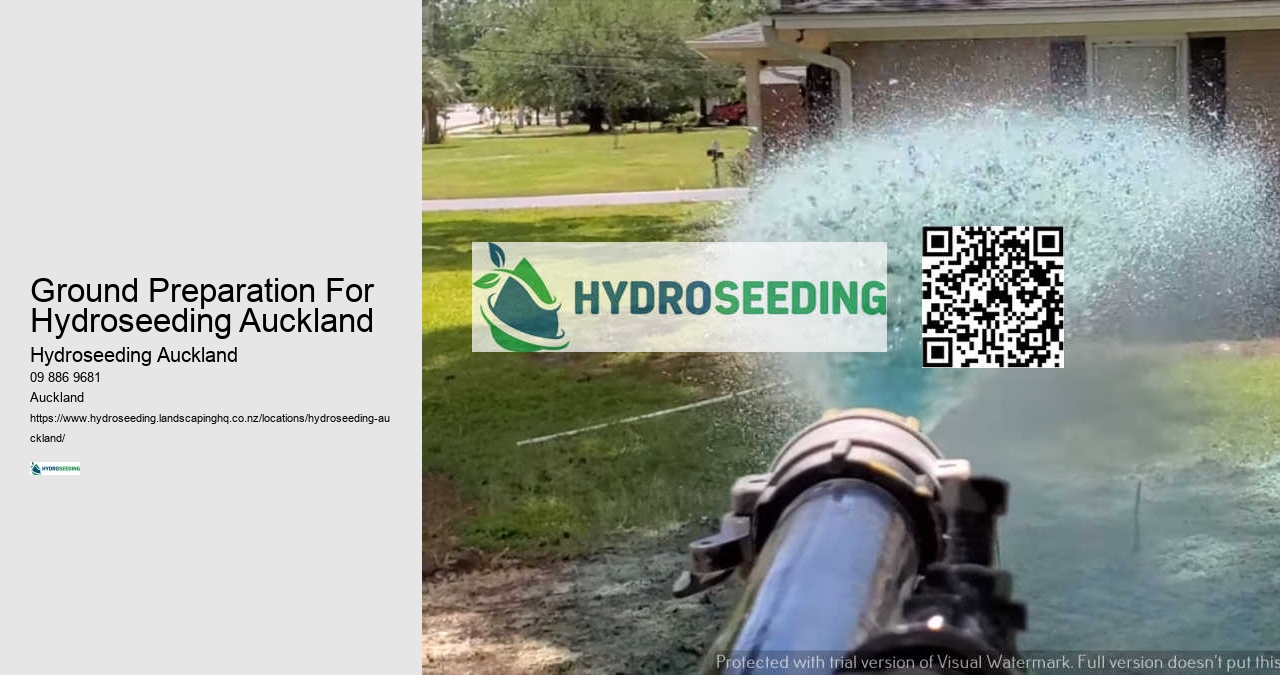

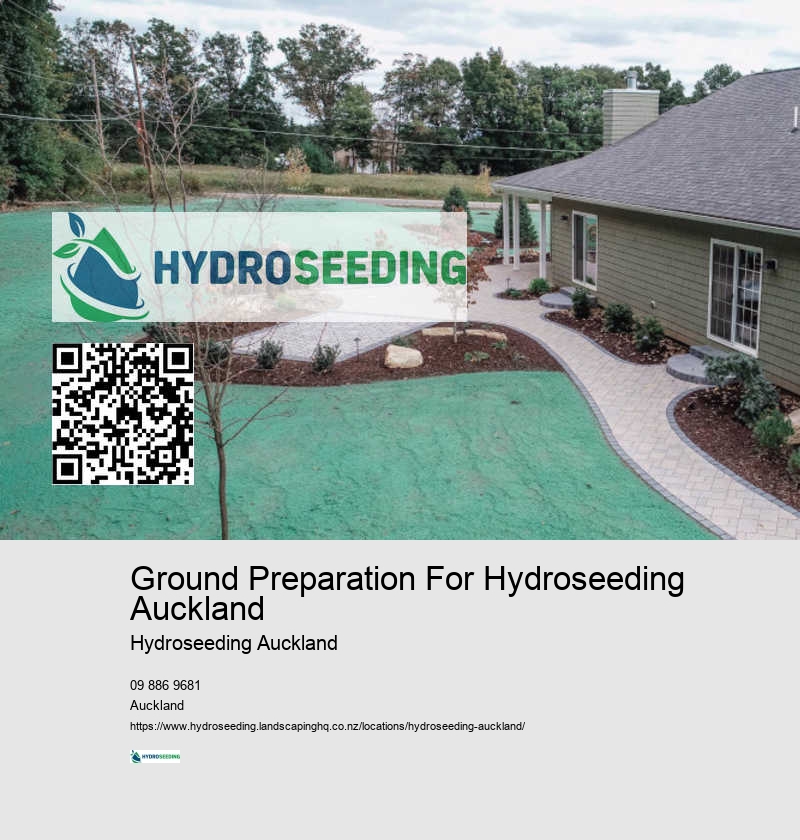
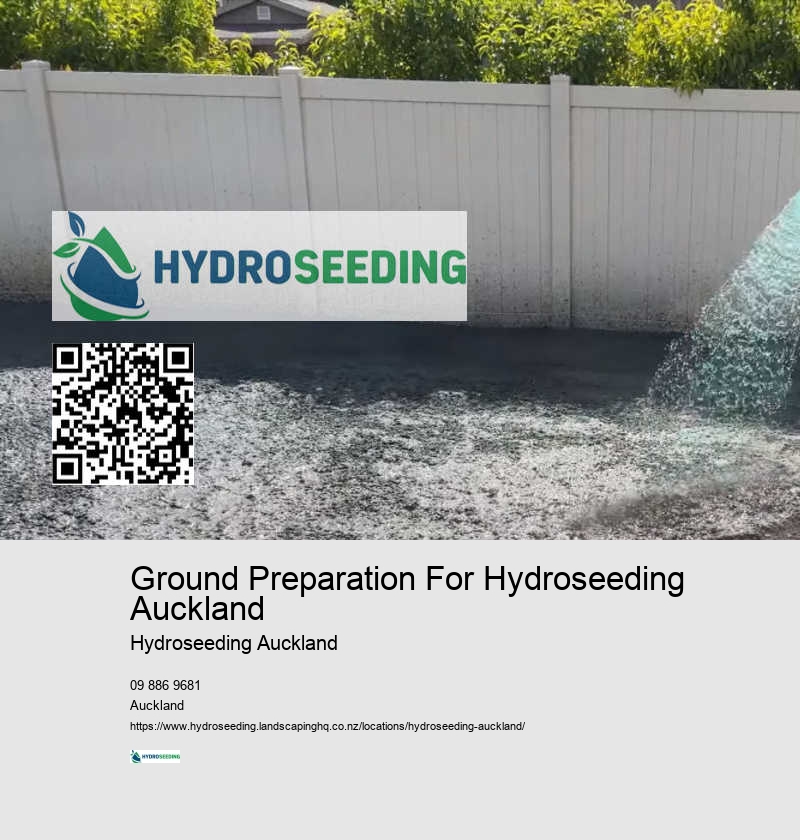
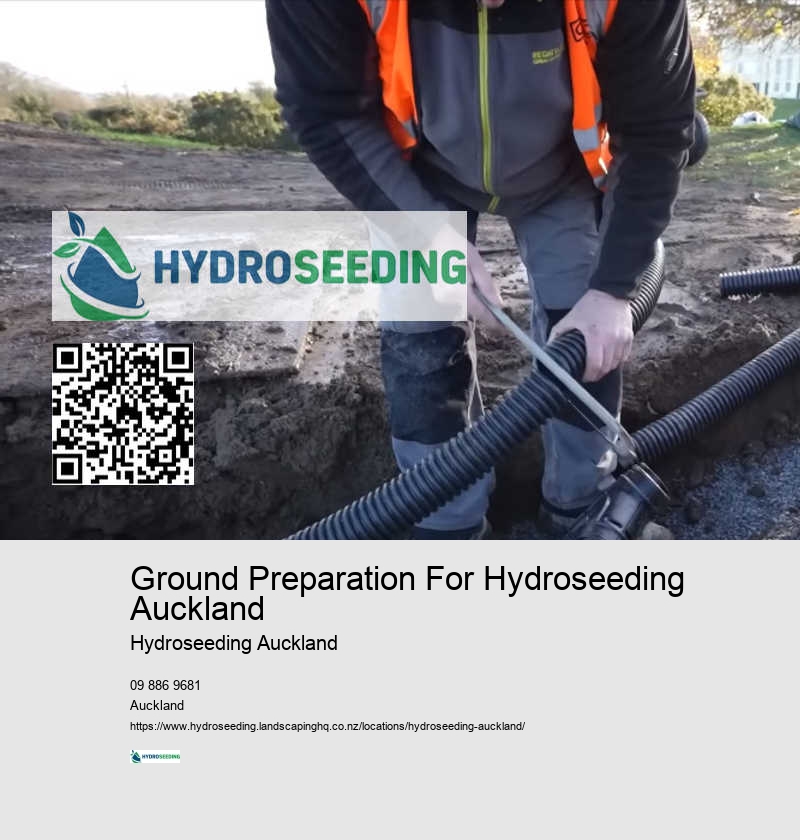
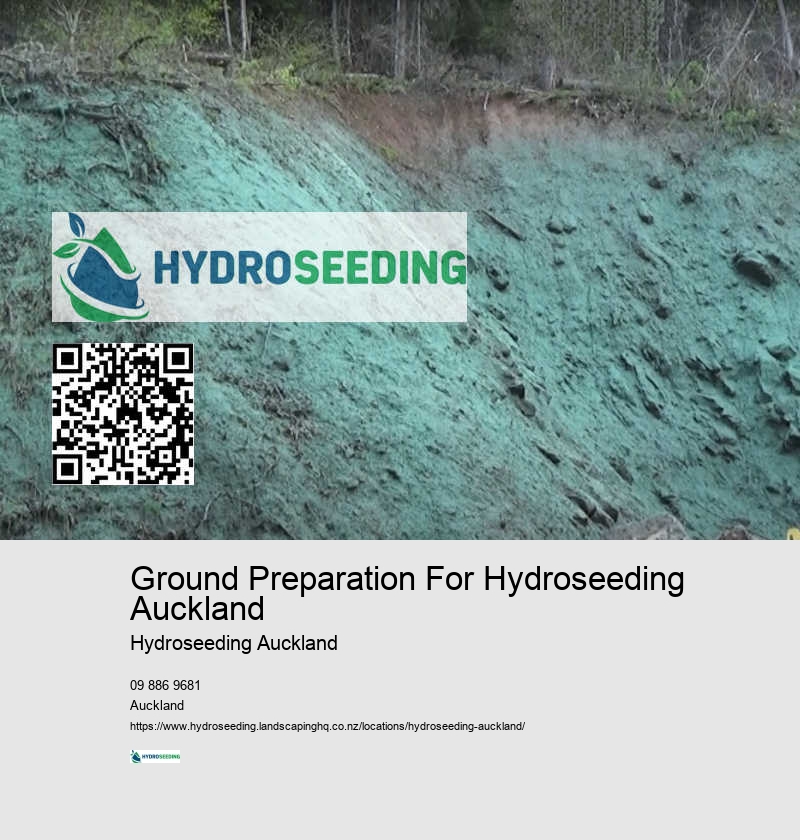
Not all grass seeds are suitable for hydroseeding. The seed mix should be chosen based on the climate, soil conditions, and intended use of the area. Common seeds for hydroseeding include ryegrass, fescue, and bluegrass. For help selecting the right seed mix for your hydroseeding project, contact us today and get a free quote!
The best way to stop ground erosion includes using a combination of methods such as planting vegetation, applying mulch, using erosion control blankets, and hydroseeding. Proper grading and drainage systems are also crucial. For effective ground erosion control solutions, contact us today for a free consultation and estimate!
Preventing slope stability is undesirable, but improving it is critical. To improve slope stability, you can use methods like hydroseeding, mulching, or installing retaining walls. Proper landscaping techniques and erosion control methods are key to avoiding landslides and soil erosion. For expert advice on stabilizing slopes, contact us today for a free consultation and quote!
After mowing, it�s generally recommended to wait at least 2 to 3 weeks before spraying for weeds to ensure the grass has time to recover and establish itself. This helps avoid damage to the lawn and improves the effectiveness of weed control treatments. For expert weed control solutions, contact us today for a free quote and professional advice!
Hydroseeding over an existing lawn is generally not recommended, as the new seed mixture may struggle to establish itself amidst the old grass. For optimal results, the existing lawn should be removed or at least dethatched to create a suitable seedbed for the new grass to take root. This ensures even growth and better soil contact. If you�re considering hydroseeding over an existing lawn, consult with our team to determine the best approach for your landscape. Get in touch today for a free consultation and quote!